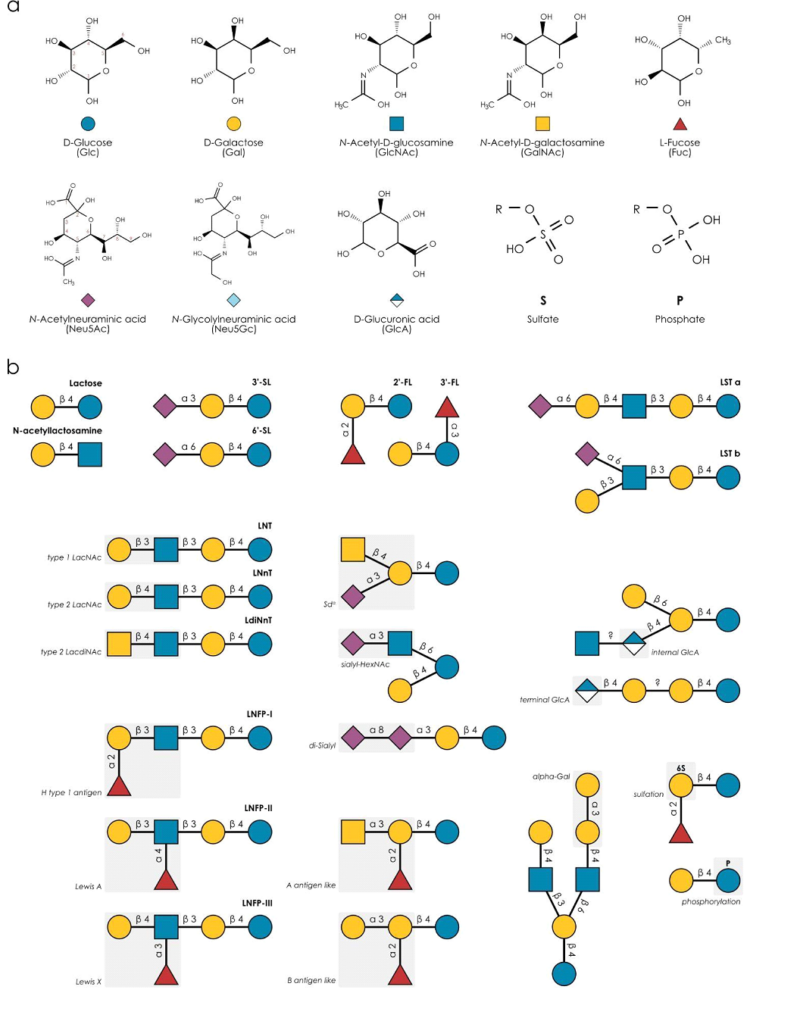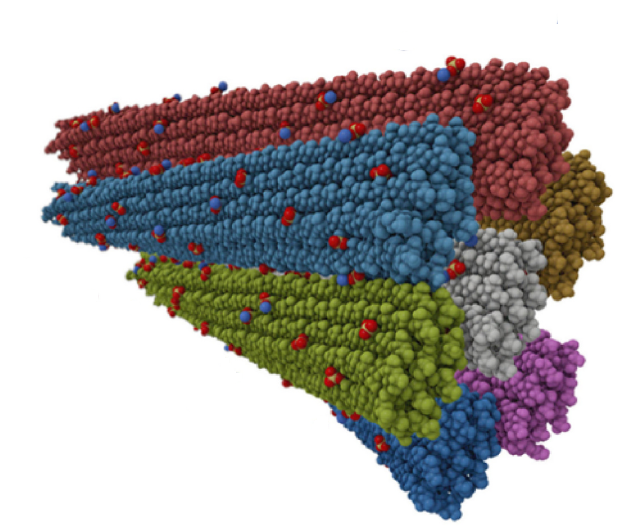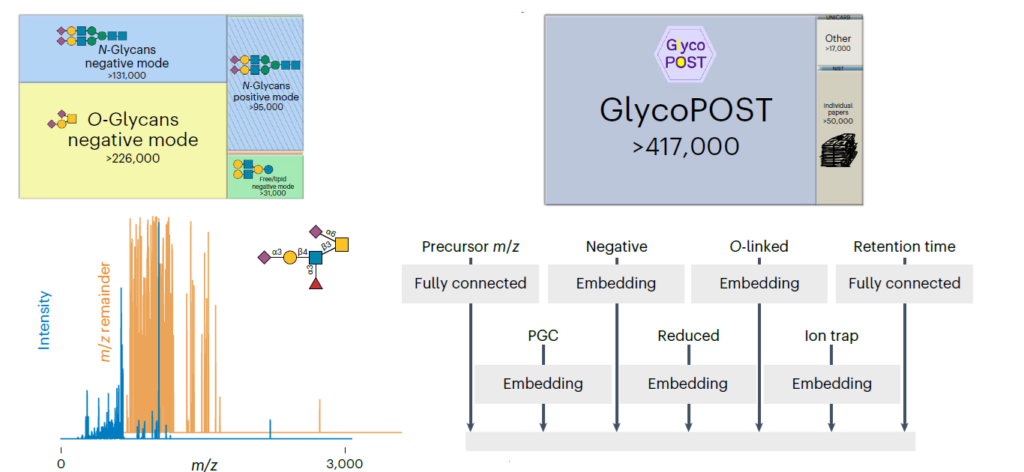Milk oligosaccharides, complex carbohydrates unique to mammalian milk, play a crucial role in infant nutrition and immune development. This review explores their biochemical diversity, tracing the evolutionary pathways that have led to their variation across species. The authors highlight the intersection of nutrition, biology and chemistry in understanding these compounds.

In addition, they discuss the latest computational and analytical techniques that have revolutionised the study of lacto-oligosaccharides and provide insights into their structural complexity and functional roles. This brief but essential review aims not only to provide a deeper understanding of milk oligosaccharides but also to discuss the way towards their potential applications.



